Table of Contents
Introduction to Lactation Support
As a pharmacist and researcher, I often get asked about ways to boost breast milk. It’s completely normal to feel concerned about whether your little one is getting enough, and it’s fantastic that you’re looking into all the options. When we talk about drugs to promote lactation, we’re usually referring to prescription medications that can help increase your milk supply.
According to the The American Academy of Pediatrics (2021) ,Breastfeeding is widely recognized as the optimal form of nutrition for infants, offering numerous health benefits for both the child and the mother .
According to The American Academy of Pediatrics (2024), some mothers experience challenges with insufficient milk supply, leading them to explore various methods to augment lactation. Among these methods are pharmacological interventions, often referred to as galactagogues, which are substances that can stimulate an increase in milk production .
What are Galactagogues?
Galactagogues are substances that help increase milk production in lactating mothers. They can be pharmacological or natural, each with its own set of benefits and considerations.
How These Medications Work to Enhance Lactation: A Closer Look
The Science of Milk Production
Lactation is primarily controlled by two key hormones: prolactin and oxytocin. Prolactin stimulates milk production, while oxytocin helps with milk ejection (the let-down reflex). Some drugs work by increasing prolactin levels, ensuring a steady milk supply.
- According to the The Cochrane Database of Systematic Reviews (2020) , the galactagogues effect on dopamine .
- According to the U.S.PHARMACIST (2024 ),Dopamine is like a natural brake on prolactin production in your body.
- According to the The Cochrane Database of Systematic Reviews (2020) ,These medications, such as domperidone, metoclopramide, and sulpiride, act as dopamine antagonists. This means they block the receptors that dopamine usually binds to. By doing this, they effectively lift that brake, allowing your pituitary gland to release more prolactin into your bloodstream.
- According to the Australian Prescriber (2018,)This surge in prolactin then stimulates the mammary glands in your breasts to produce a greater volume of milk.
- Several prescription drugs have been used off-label to increase breast milk supply, primarily by increasing the levels of prolactin, the hormone responsible for milk production .
- According to the NHS ,These drugs primarily work by blocking dopamine, a prolactin-inhibiting factor .
- Pharmacological galactagogues, such as metoclopramide(Reglan), sulpiride (Eglonyl, Sulparex, Dolmatil, Sulpitil,Equemote) and domperidone (Motilium), are often used when natural methods aren’t sufficient.
- These drugs work by influencing hormone levels, particularly prolactin, which is crucial for milk production.
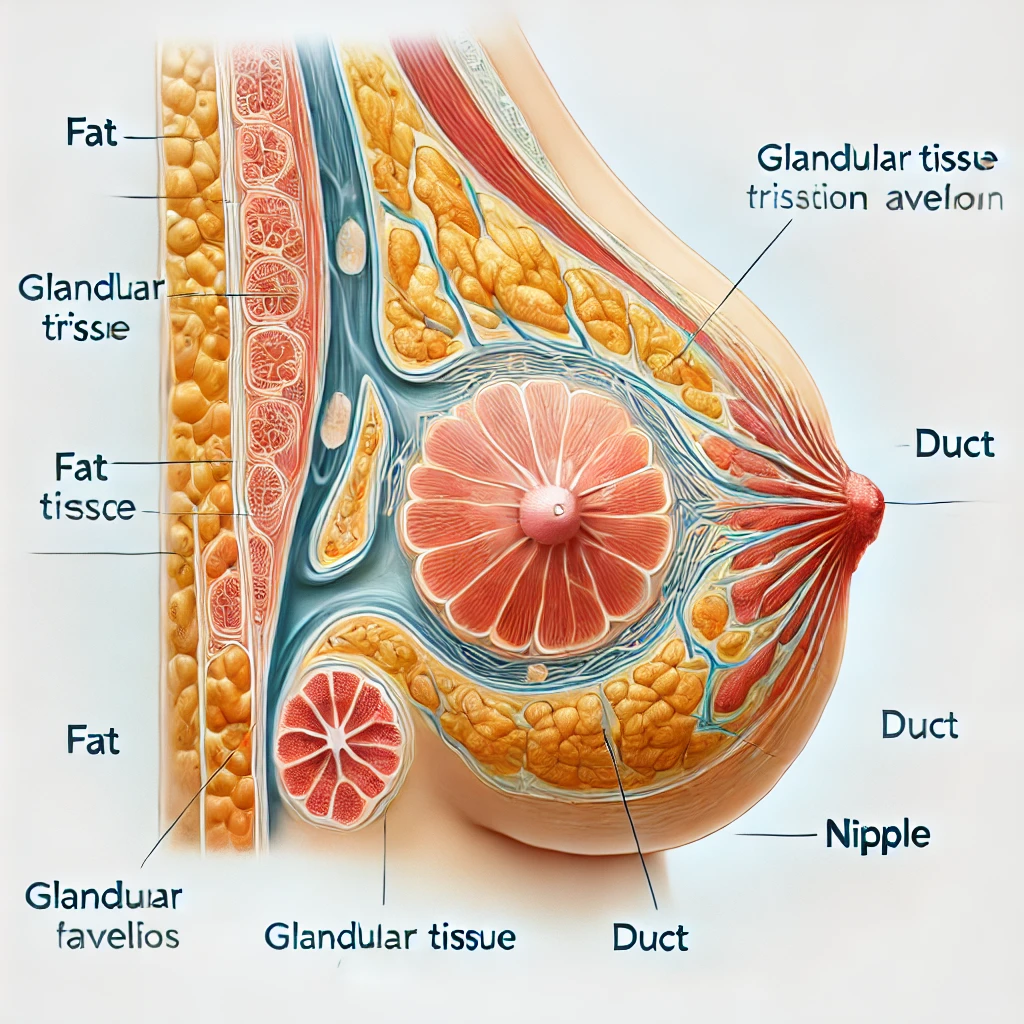
According to the study in Australian Prescriber (2018) , metoclopramide is a centrally acting drug that can boost milk supply by 66–100% within a few days when taken in doses of 30–45 mg daily.However, it’s essential to be aware of potential side effects like diarrhea and depression.
Scientific Insights
A study published in the BMC Pregnancy and Childbirth (2024) found that Domperidone increased milk supply in mothers of preterm infants by >60% compared to a placebo . However, Metoclopramide’s effects were less significant and associated with side effects like fatigue and depression Another systematic review published in International Breastfeeding Journal (2024) confirmed that Domperidone significantly increases prolactin levels, making it the most reliable pharmaceutical option .
The Cochrane Database of Systematic Reviews (2020) stated that , domperidone is preferred due to its better safety profile and minimal transfer into breast milk.
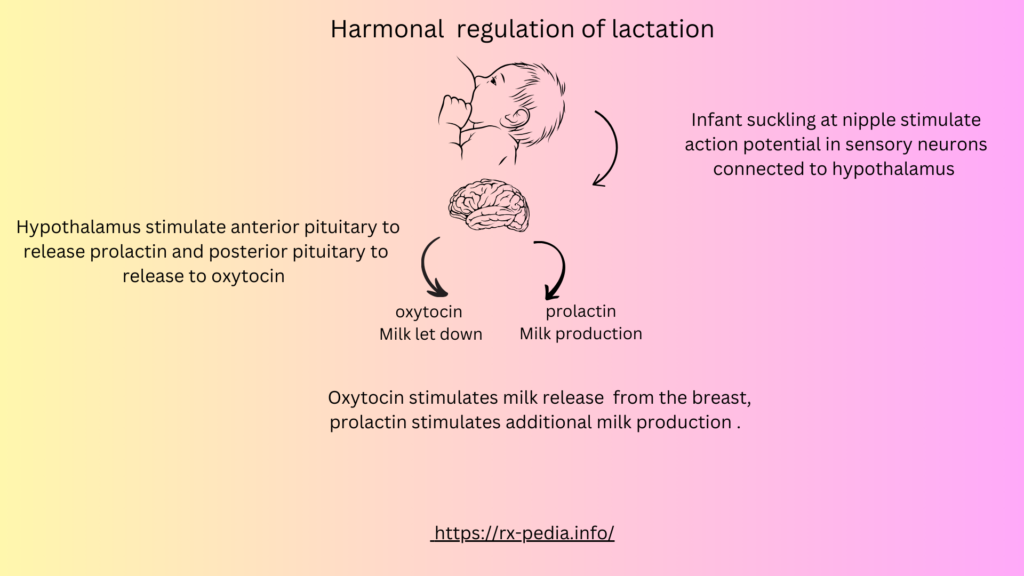
Why Are They Used?
According to the The Journal of Pharmacy & Pharmaceutical Sciences , Galactagogues are used to address low milk supply, which can be due to various factors such as premature birth, maternal illness, or separation from the baby. They help mothers maintain or initiate breastfeeding, which is vital for both maternal and infant health.
Pharmacological Galactagogues
Domperidone: The Most Effective Lactation Drug
- How It Works: The Cochrane Database of Systematic Reviews (2020) stated that Domperidone is often considered the first choice among pharmacological galactagogues due to its efficacy and safety profile. , that acts by Blocking dopamine receptor in the brain to boost prolactin levels.
- Effectiveness: Domperidone is typically taken at 10 mg three times a day, with noticeable effects starting after 2–3 days and peaking in a few weeks. The Cochrane Database of Systematic Reviews (2020) , it Increases milk production within 3-7 days .
- Safety: Not FDA-approved in the US but widely used in Canada, Europe, and Australia.
- Side Effects: According to the NHS, Domperidone has minimal transfer into breast milk, making it safer for infants. However, it’s important to monitor for side effects like headaches and abdominal pain, and to avoid it if there are liver issues or interactions with other medications.
Metoclopramide: An Alternative but with Risks
- How It Works: According to the The Journal of Pharmacy & Pharmaceutical Sciences , Metoclopramide is a well-known galactagogue that acts by blocking dopamine receptors in the brain, thereby increasing prolactin levels and milk production. Similar to Domperidone but crosses the blood-brain barrier, leading to potential neurological side effects.
- Effectiveness: Moderate but not as well-tolerated as Domperidone. According to the The Breastfeeding Network ,It’s typically administered in doses of 10 mg three times a day, with effects noticeable within 2–5 days.
- Side Effects: Fatigue, irritability, and depression. However, it’s crucial to be aware of potential side effects such as diarrhea, depression, and a theoretical risk of extrapyramidal effects in infants.
- According to the study in Australian Prescriber (2018), showed that metoclopramide can significantly increase milk supply, but only about 50–85% of women respond to it. Additionally, rapid discontinuation can lead to a rebound decline in milk supply, so tapering off is recommended.
Oxytocin Nasal Spray: A Limited-Use Option
- How It Works: Triggers the milk ejection reflex rather than increasing supply.
- Effectiveness: Works best for women struggling with let-down reflex issues.
- Availability: Rarely prescribed today.
Sulpiride:
- This medication is not approved in United States by the U.S. Food and Drug Administration, more commonly used in various countries as an antipsychotic and antidepressant, but it also has the effect of increasing prolactin levels .
| Feature | Domperidone | Metoclopramide |
|---|---|---|
| Mechanism of Action | Blocks dopamine receptors to increase prolactin levels | Similar action but crosses the blood-brain barrier |
| Effectiveness | High—shown to increase milk production by 60-75% in studies | Moderate—less effective than Domperidone |
| Onset of Action | 3-7 days | 3-7 days |
| Common Side Effects | Mild headaches, dry mouth, stomach discomfort | Fatigue, dizziness, irritability, depression |
| Serious Side Effects | Rare but may cause irregular heart rhythm at high doses | Increased risk of depression and tardive dyskinesia (neurological effects) |
| FDA Approval | ❌ Not FDA-approved (available in Canada, UK, Australia) | ✅ FDA-approved in the US |
| Availability | Prescription-only in most countries, banned in the US due to cardiac concerns | Prescription-only in most regions |
| Best For | Mothers needing significant milk supply boost with fewer neurological side effects | Mothers who cannot access Domperidone but have no history of mental health issues |
| Clinical Studies Support | Strong evidence supports effectiveness (e.g., Journal of Human Lactation, 2023) | Mixed results, with concerns over side effects (Journal of Clinical Pharmacology, 2021) |
Natural Galactagogues
Natural and Herbal Alternatives
For mothers who prefer a non-pharmaceutical approach, several herbs and supplements have been traditionally used to support milk production.

Fenugreek: The Most Popular Herb for Lactation
- How It Works: Contains phytoestrogens that mimic estrogen, supporting milk production.
- Effectiveness: According to the study in Australian Prescriber (2018),Increases milk supply within a week.
- Side Effects: Gas, bloating, and maple syrup-like body odor.
A 2020 study in Clinical Epidemiology and Global Health confirmed that Fenugreek enhances milk production in postnatal mothers.
Another 2024 review in Journal of Herbal Medicine found that Fenugreek as breast milk enhancer .
Blessed Thistle & Fennel
- Blessed Thistle: According to the The Journal of Pharmacy & Pharmaceutical Sciences ,Works best when combined with Fenugreek.
- Fennel: Contains anethole, which boosts prolactin levels.
A 2020 study in The Cochrane Database of Systematic Reviews found that a combination of Fenugreek and Blessed Thistle increased milk supply by by increasing the flow of blood to mammary glands .
Shatavari:
A 2020 study in The Cochrane Database of Systematic Reviews found that Ayurvedic medicine, shatavari is reputed for its adaptogenic properties and ability to support lactation.
Lactation Teas and Foods
Lactation teas are a soothing way to incorporate milk-boosting herbs into your routine. They often contain a blend of fenugreek, fennel, and anise. Similarly, lactation cookies made with oats, flaxseed, and brewer’s yeast are a tasty way to support milk production. Oats, for example, are rich in iron and beta-glucan, which may help increase prolactin levels .
According to the PLoS ONE (2021), The use of brewer’s yeast as a galactagogue has been preferred over pharmaceutical galactagogues due to safer impact in breastfeeding moms.
A recent clinical trial by Wesolowska et al. (2021) assessed the effectiveness of a galactagogue derived from barley malt, which included a proprietary blend of barley malt and beta-glucan, in mothers of preterm infants.
According to the International Breastfeeding Journal (2024) ,The study found that participants who consumed the barley malt preparation expressed a significantly higher total volume of breast milk over the 14-day intervention period compared to those in the placebo group.
When to Start Using Galactagogues for Best Results
According to the study in Australian Prescriber (2018),Galactagogues are most effective when started early in the lactation process, ideally within three weeks postpartum. This timing helps maximize their impact on milk production and supports a successful breastfeeding journey.
Risks & Considerations
Before taking any prescription or herbal galactagogue, it’s crucial to understand the potential risks:
- Domperidone: Not FDA-approved due to cardiac concerns at high doses. Consult a doctor before use.
- Metoclopramide: Associated with mental health side effects.
- Fenugreek: Can cause gas, diarrhea, and allergic reactions.
Final Thoughts
Whether you choose prescription medications or natural galactagogues, the key is to find what works best for your body. Always consult a healthcare professional before taking any drug or supplement to promote lactation safely and effectively.
FAQs: Best Drugs to Promote Lactation: Prescription & Natural Options
What are the most effective galactagogues?
Metoclopramide and domperidone are among the most commonly used pharmacological galactagogues. Domperidone is often preferred due to its safety profile.
How long does it take for galactagogues to work?
Metoclopramide can increase milk supply within 2–5 days, while domperidone may take 2–3 days to show effects and several weeks to reach full efficacy.
Are natural galactagogues effective?
While there’s limited scientific evidence, many mothers report positive results from using natural galactagogues like fenugreek.
Can I use galactagogues if I have health issues?
It’s crucial to consult with a healthcare provider before using any galactagogues, especially if you have pre-existing health conditions or are taking other medications
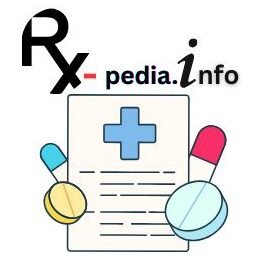
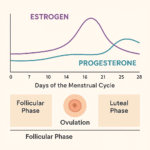








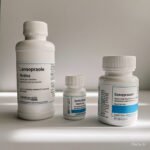
Regards for helping out, excellent info. “I have witnessed the softening of the hardest of hearts by a simple smile.” by Goldie Hawn.